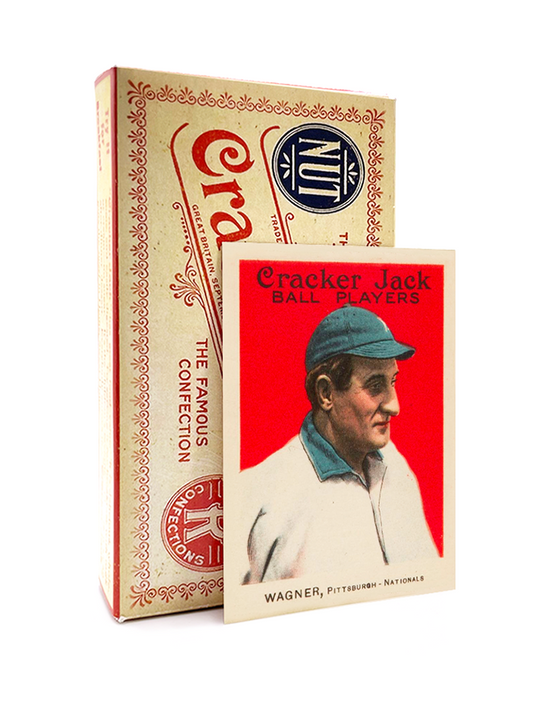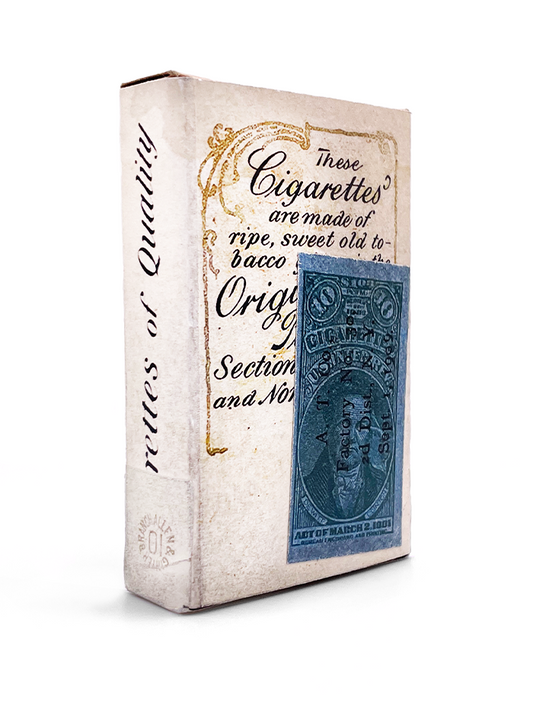
Printing Challenges and Variations: Why No Two T206 Cards Are Exactly Alike
Share
The T206 baseball card set is revered for its rich history, artistic charm, and seemingly endless variations. Produced between 1909 and 1911, these cards were not just collectibles but also a testament to the complexities of early 20th-century printing techniques. Behind their vibrant lithographic designs lies a world of imperfections, quirks, and deliberate variations that make each card truly unique.
The Lithographic Printing Process: A Double-Edged Sword
The T206 cards were created using a multi-layered lithographic printing process, which involved transferring images from stone or metal plates to paper. This technique allowed for the vivid, detailed portraits that define the set, but it also introduced challenges. Each card required multiple layers of ink—one for each color. If the plates were misaligned, it resulted in “off-register” cards, where colors overlapped incorrectly or left gaps in the design.
Given the manual nature of the process, these imperfections were common. While modern collectors might see them as flaws, they are part of what makes the T206 set so fascinating. Each card tells a story not just of the player it depicts but of the craftsmanship—and occasional errors—that went into its creation.
Plate Shifts and Color Variations
One of the most intriguing aspects of T206 cards is the variety of plate shifts and color inconsistencies. A slight movement of the printing plate during production could cause misaligned borders or skewed portraits. These “miscuts” are highly sought after by some collectors, as they offer a glimpse into the challenges faced by early printers.
Color variations were another byproduct of the printing process. Differences in ink quality, humidity, and plate wear meant that even cards from the same production run could have subtle differences in hue. For example, Ty Cobb cards might feature a brighter green background in one batch and a darker, muted tone in another.
Intentional Variations: More Than Meets the Eye
While many variations were unintentional, some were deliberate. The T206 set includes numerous back designs, each promoting a specific tobacco brand. With over 15 different back advertisements, ranging from the ubiquitous Piedmont and Sweet Caporal to the rarer Drum and Uzit, the set offers endless possibilities for collectors. These backs are more than just ads—they’re an integral part of the set’s identity.
Factory Numbers and Regional Distributions
The backs of T206 cards also include factory numbers, indicating where the cards were produced and packaged. These details reveal the regional distribution strategies of the American Tobacco Company. Cards with certain factory numbers are rarer in specific areas, adding another layer of intrigue for modern collectors.
The Role of Printing Imperfections in Card Grading
In today’s collecting world, the condition of a card plays a significant role in its value. However, many T206 cards feature imperfections that are inherent to their production. Grading companies like PSA and SGC consider these quirks when assessing a card’s quality. A card with slight color misalignment or a faint print line might still receive a high grade if the imperfection is consistent with known printing issues from the era.
Ghost Images and Double Prints
Some T206 cards exhibit rare anomalies, such as ghost images or double prints. These occur when ink from a previous card transfers faintly onto the next sheet or when a sheet is run through the press twice. These unique features are celebrated by collectors who appreciate the artistry and unpredictability of early printing techniques.
Why Collectors Love the Variations
The imperfections and variations in T206 cards are a big part of what makes the set so captivating. For some collectors, finding a rare back design or a card with a unique printing error is just as exciting as acquiring one of the set’s iconic Hall of Famers. The variations add depth and complexity to the hobby, ensuring that no two collections are ever the same.
The Legacy of T206 Printing
The printing challenges and variations of the T206 set offer a window into the early 20th century—a time when baseball was solidifying its place as America’s pastime, and the art of printing was still evolving. These cards are more than just collectibles; they are artifacts of a bygone era, each one a unique piece of history.
Preserving the Imperfections
As you explore the world of T206 cards, remember that their imperfections are what make them extraordinary. From off-center prints to rare back designs, each card is a testament to the ingenuity and artistry of its creators. By celebrating these variations, collectors keep the spirit of the T206 era alive for future generations.









